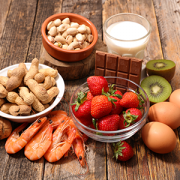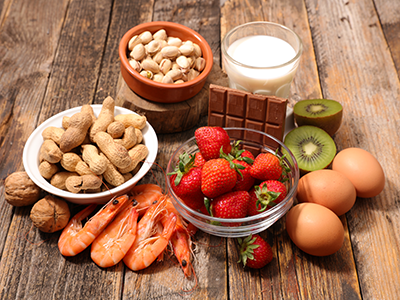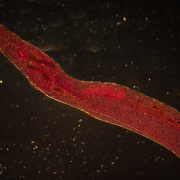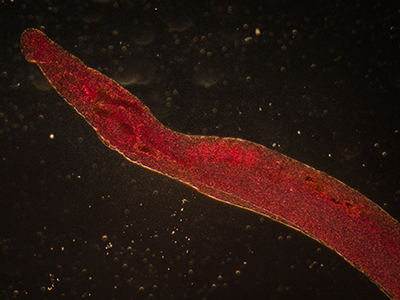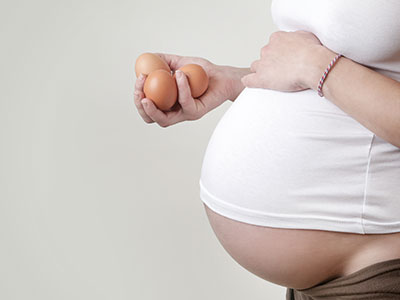Children allergic to cow’s milk smaller and lighter

Children allergic to cow’s milk are smaller and weigh less, according to the first published study to characterize growth trajectories from early childhood to adolescence in children with persistent food allergies.
Children who are allergic to cow’s milk are smaller and weigh less than peers who have allergies to peanuts or tree nuts, and these findings persist into early adolescence. The results from the longitudinal study – believed to be the first to characterize growth patterns from early childhood to adolescence in children with persistent food allergies – was published online in The Journal of Allergy and Clinical Immunology.
“Published data about growth trajectories for kids with ongoing food allergies is scarce,” says Karen A. Robbins, M.D.,* lead study author and an allergist in the Division of Allergy and Immunology at Children’s National Hospital when the study was conducted. “It remains unclear how these growth trends ultimately influence how tall these children will become and how much they’ll weigh as adults. However, our findings align with recent research that suggests young adults with persistent cow’s milk allergy may not reach their full growth potential,” Dr. Robbins says.
According to the Centers for Disease Control and Prevention, 1 in 13 U.S. children has a food allergy with milk, eggs, fish, shellfish, wheat, soy, peanuts and tree nuts accounting for the most serious allergic reactions. Because there is no cure and such allergies can be life-threatening, most people eliminate one or more major allergen from their diets.
The multi-institutional research team reviewed the charts of pediatric patients diagnosed with persistent immunoglobulin E-mediated allergy to cow’s milk, peanuts or tree nuts based on their clinical symptoms, food-specific immunoglobulin levels, skin prick tests and food challenges. To be included in the study, the children had to have at least one clinical visit during three defined time frames from the time they were age 2 to age 12. During those visits, their height and weight had to be measured with complete data from their visit available to the research team. The children allergic to cow’s milk had to eliminate it completely from their diets, even extensively heated milk.
From November 1994 to March 2015, 191 children were enrolled in the study, 111 with cow’s milk allergies and 80 with nut allergies. All told, they had 1,186 clinical visits between the ages of 2 to 12. Sixty-one percent of children with cow’s milk allergies were boys, while 51.3% of children with peanut/tree nut allergies were boys.
In addition to children allergic to cow’s milk being shorter, the height discrepancy was more pronounced by ages 5 to 8 and ages 9 to 12. And, for the 53 teens who had clinical data gathered after age 13, differences in their weight and height were even more notable.
“As these children often have multiple food allergies and other conditions, such as asthma, there are likely factors besides simply avoiding cow’s milk that may contribute to these findings. These children also tend to restrict foods beyond cow’s milk,” she adds.
The way such food allergies are handled continues to evolve with more previously allergic children now introducing cow’s milk via baked goods, a wider selection of allergen-free foods being available, and an improving understanding of the nutritional concerns related to food allergy.
Dr. Robbins cautions that while most children outgrow cow’s milk allergies in early childhood, children who do not may be at risk for growth discrepancies. Future research should focus on improving understanding of this phenomenon.
In addition to Dr. Robbins, the research team includes co-author Robert A. Wood, M.D., and senior author Corinne A. Keet, M.D., Ph.D., both of Johns Hopkins University School of Medicine.
*Dec. 18, 2019 update: After leaving full-time employment at Children’s National Hospital, Dr. Robbins became an AstraZeneca employee, working on immuno-oncology safety.



